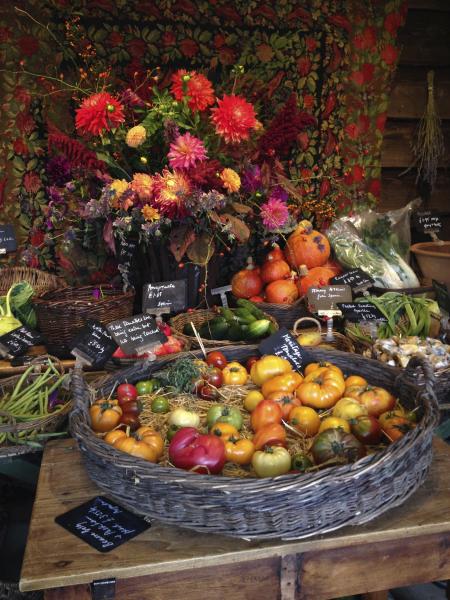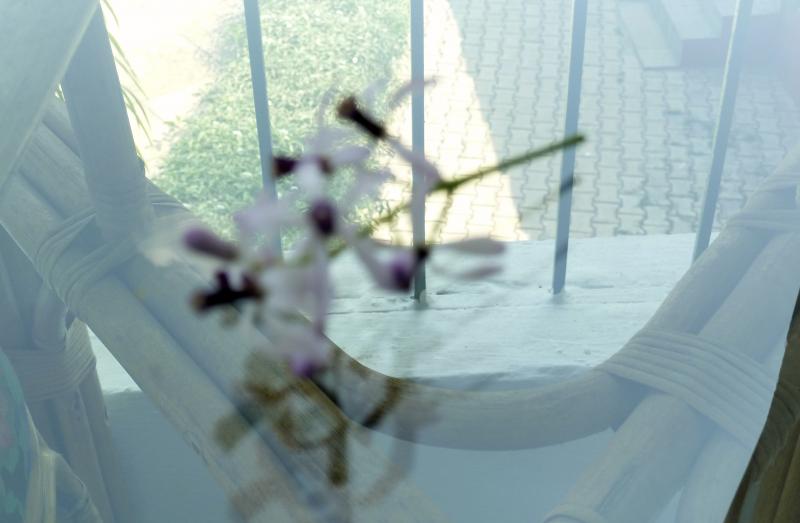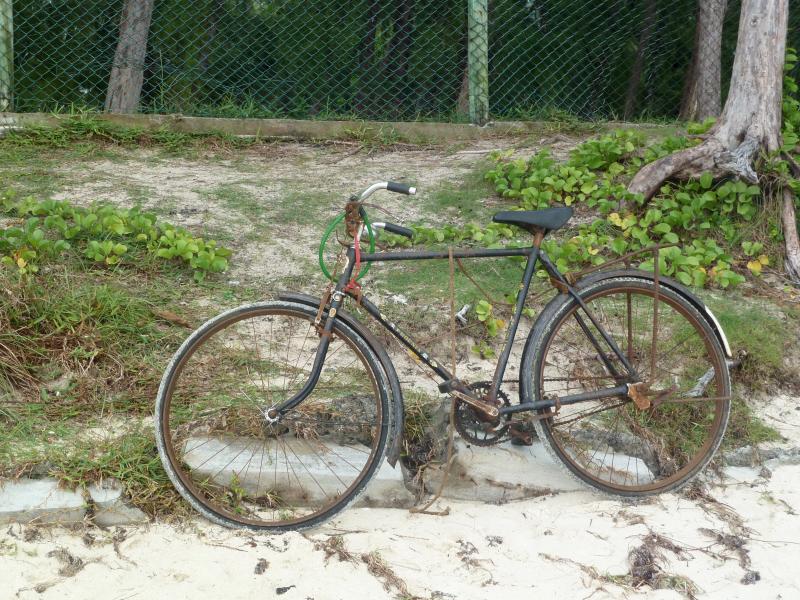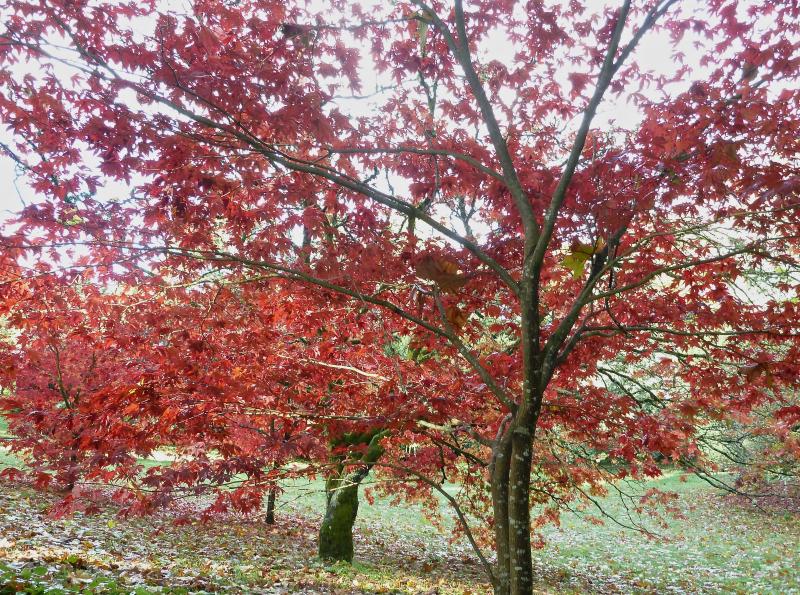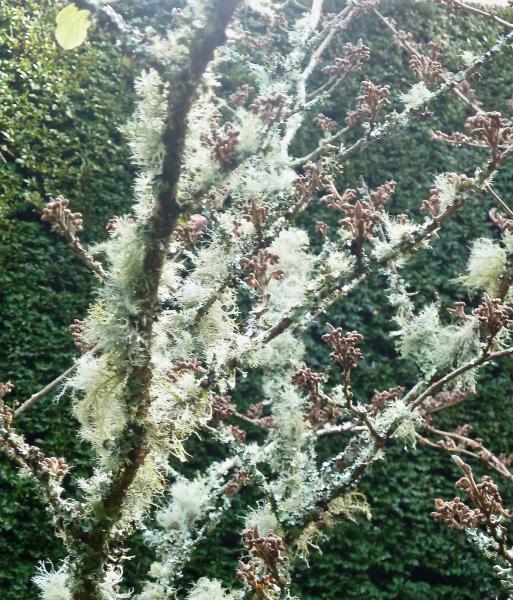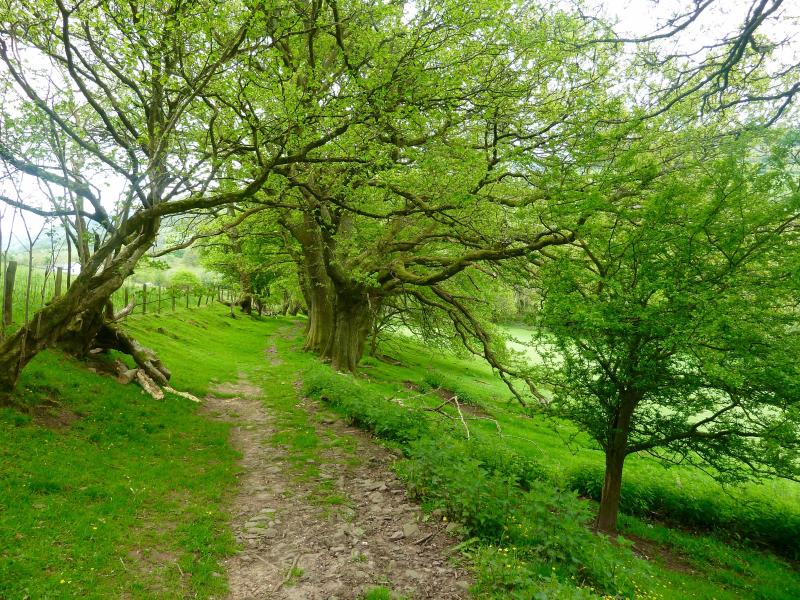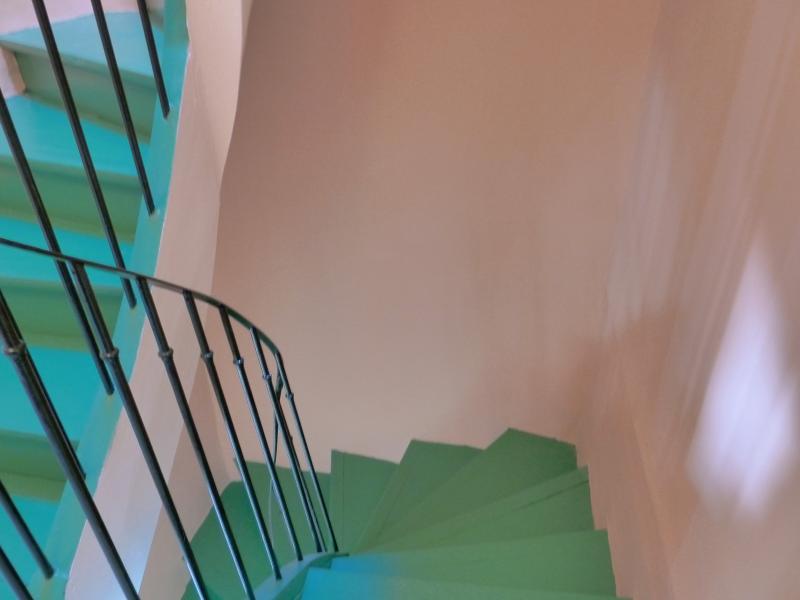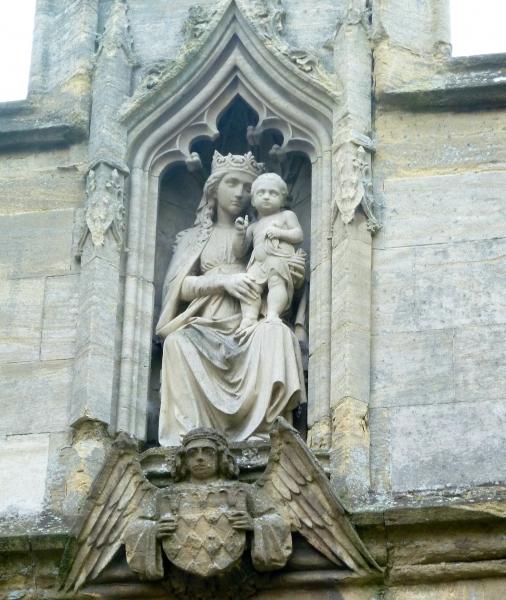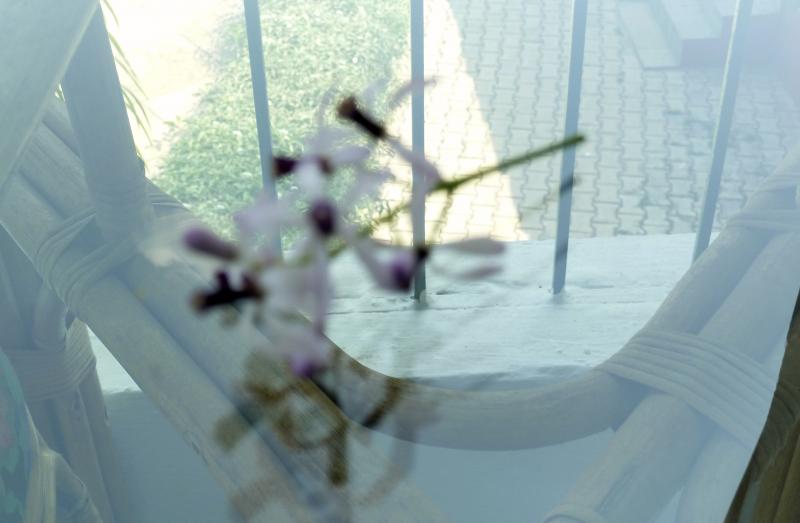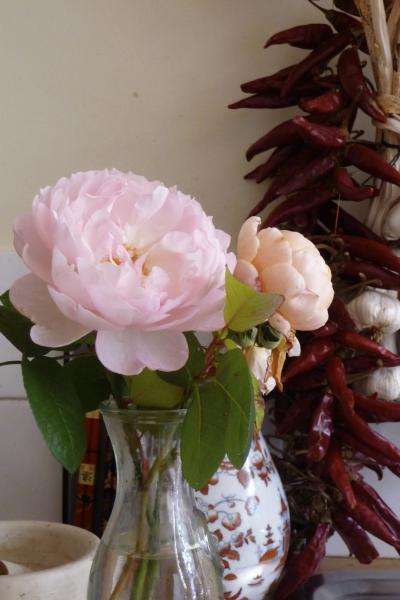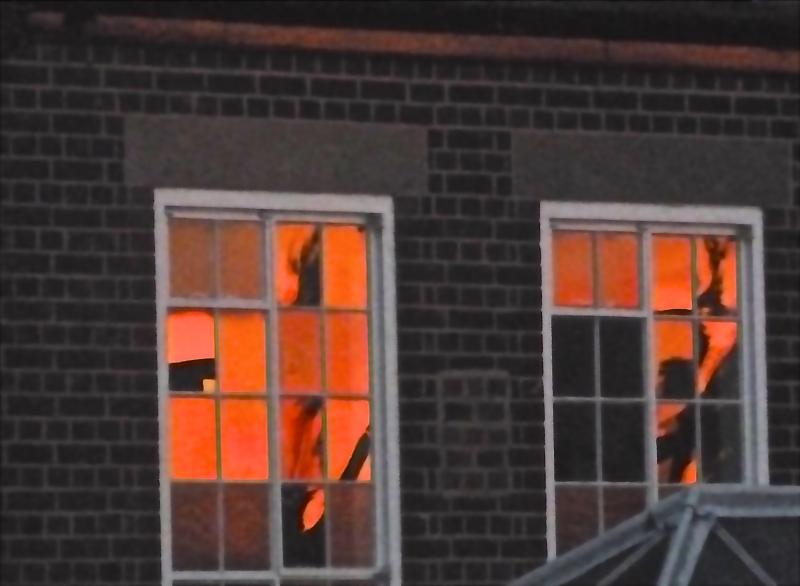




 “Inspiration is always a surprising visitor,” is a quote from the poet-priest John O’Donohue, a favourite of the artist Robert Kenny-Smith. Bob offers another quote, this time from Matisse, who spent time on the coast with his friend, Derain:
“Inspiration is always a surprising visitor,” is a quote from the poet-priest John O’Donohue, a favourite of the artist Robert Kenny-Smith. Bob offers another quote, this time from Matisse, who spent time on the coast with his friend, Derain:
“You must present yourself with the greatest humility- pure completely blank, candid; your brain seeming empty in the spiritual state of a communicant at the altar. You clearly must have all your accomplishments behind you and have known how to keep your instinct fresh.”
The interior of Mas Riquer chapel, where Bob is showing his recent work, is dim and smudgy, like the ghostly trail of lead teased out by Bob’s thumb pressure on his hand-made paper.
He sometimes begins with a random mark with paint or powdered graphite, emptying himself of preconceived notions, but rather trying to let the marks lead him down a path. Action, reaction then reflection. “Recently I have made monotypes, which give random accidental marks and these lead into surprising encounters and dialogues with the work- happy accidents which demand response.” 
The exhibition is a five minute walk from my village of Catllar. Bob talks about the themes of his exhibitions of paintings- exile, nightmares, despair, yearning, mourning, farewell; various facets of hardly acknowledged anguish which were the currency of emotion in the little-known Second World War internment camp at Rivesaltes, near Perpignan. Hundreds such hell-holes were constructed in Vichy France to deal with undesirables like Jews, Gypsies, Communists and Homosexuals, to contain and eventually banish them to extermination. The camps started at the time of the Ritarada, when thousands of refugees from Franco Spain trekked over the Pyrenees to neighbouring France, only to be met with exasperation, cruelty or indifference.
Curious to see the remains of the Rivesaltes camp for himself- the derelict buildings, the wasteland, the graffiti- Bob says something started to hurt inside. He chafed at the lack of respect for what had been done to thousands of helpless minorities, and the meagreness of repentance for this dark history. Desolation, rubble, the vast acreage of wasteland, lavatories designed to prevent privacy, made a deep impression; only the barbed wire had been removed, but graffiti was rampant on walls and left him with the urge to somehow acknowledge the corruption and stain of this tragedy through his art.
“The theme began with one figure appearing out of the blue- an image of a child running to save her life and the word Shoah came up from the depths. Then after a visit to the Rivesaltes camp the theme gathered it’s own volition.”
Only now are the French starting to look in the mirror. Of course one should not generalize (there are many instances of courageous acts by ordinary people), but the Occupation is not a welcome topic of discussion in most circles.
Bob again. “I have learned that when something inside me says, ‘check’, I ignore the voice at my peril only to ruin my picture. Or I’ll think, I’m going to wipe that paint off, and then what emerges is astonishing.”
And indeed, when you look closely, especially at the sepia coloured monoprints, a wraithlike face or figure becomes apparent alongside the primary image. In “Memory of Moments” the paint has been gouged out with finger pressure and movement. Discernible is a skeletal form, a skull, a cadaver, apparent but not insistent.
The late poet John Donohue again, “The soul of the person goes no place because there is no place else to go. This suggests that the dead are here with us, in the air that we are moving through all the time. The only difference between us and the dead is that they are now in an invisible form.”
Grappling with complex difficult feelings, hard to communicate in paint without mawkishness and sentimentality, Bob has succeeded in revealing the shades of loss and abandonment. His own emotional response, seemingly in dialogue with the paint- picking up what the medium offers, not imposing but expanding- has gained a freedom which allows an intriguing dialogue between the viewer and the painting. The energy of the works is powerful, yet subdued, with a foundation of strong technique which has resonances with Klee, Braque, Kollwitz, Roualt and even Rembrandt. 
The boy’s head, “In the Silence” on handmade paper is thick with crustacean-like texture, the features highlighted with flecks of red, daubs of yellow and chalky tones. You can gaze at him forever, in spite of his tragic eyes.
We have a moving spectacle of human dignity, even though it results from desolation of spirit and the most unforgiving of surroundings. 














